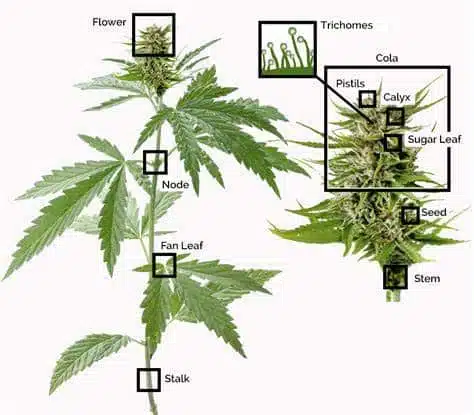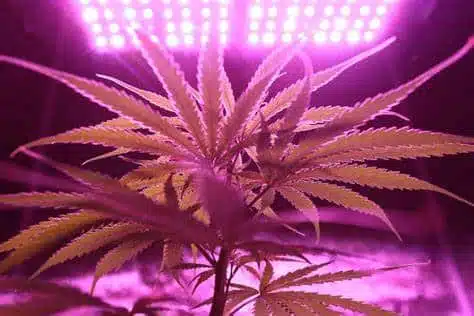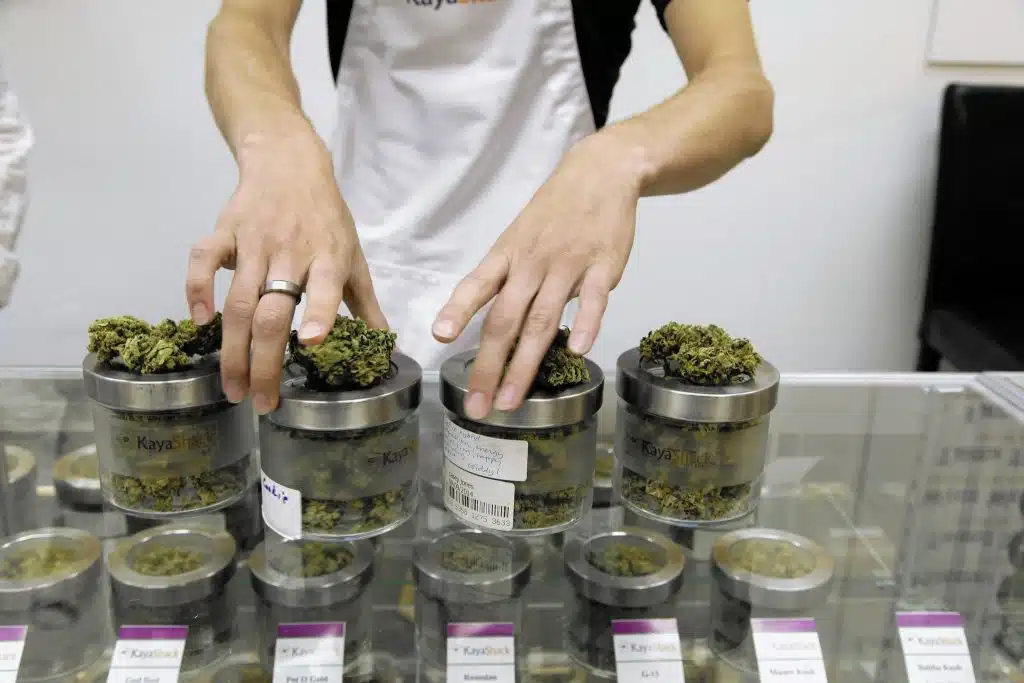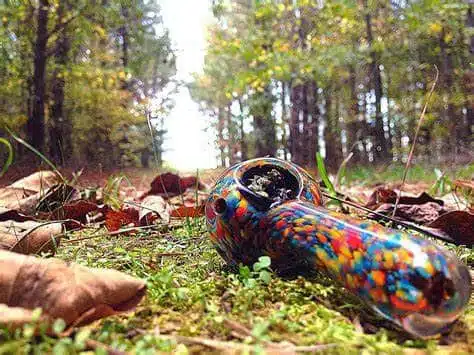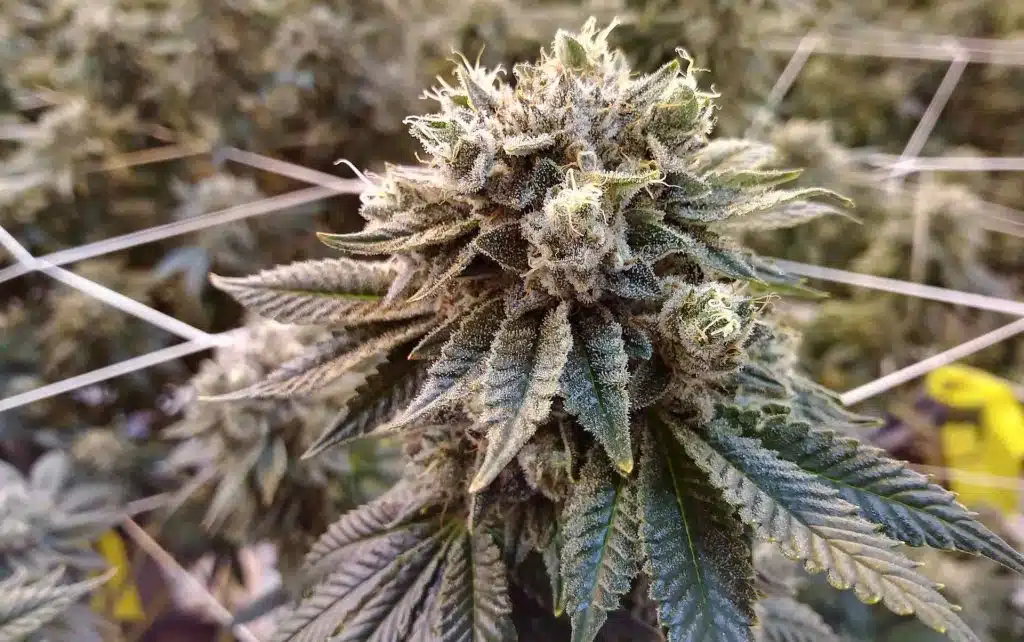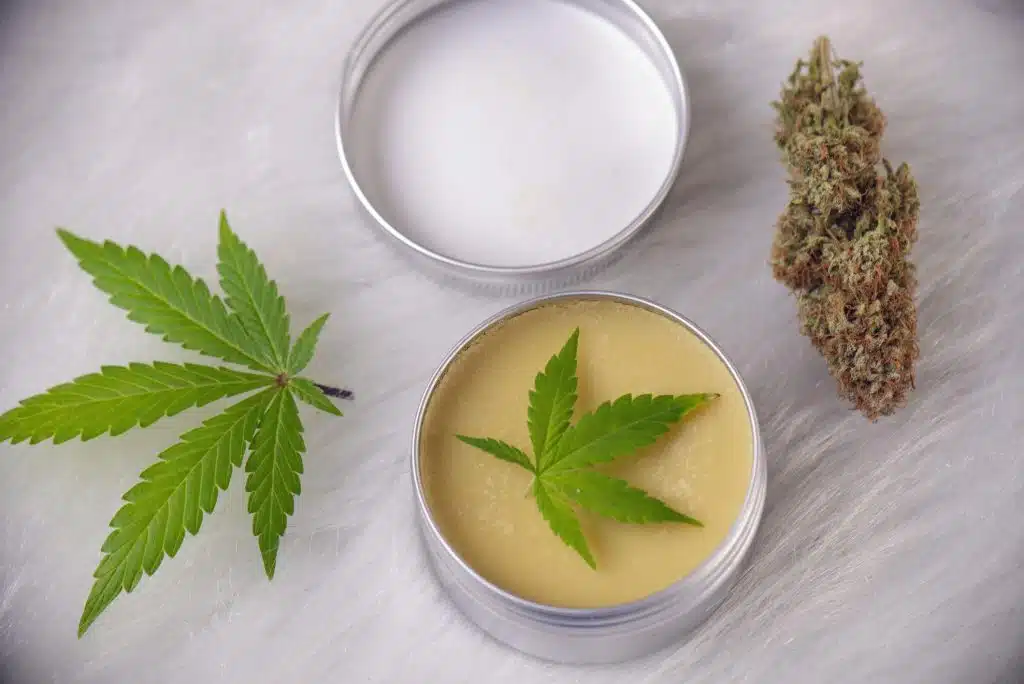The Anatomy of a Cannabis Plant: Understanding the Different Parts and Their Functions
Are you interested in the science behind cannabis? Do you want to know more about the anatomy of a cannabis plant? If so, you’re in the right place! In this article, we’ll explore the different parts of a cannabis plant, their functions, and how they contribute to the plant’s overall health and potency.
The Roots: The Foundation of the Cannabis Plant
Let’s start with the foundation of the cannabis plant: the roots. The roots are responsible for anchoring the plant in the soil and absorbing nutrients and water. Without healthy roots, the plant won’t be able to grow properly and produce high-quality buds.
It’s essential to maintain a healthy root system by providing the plant with the right nutrients, water, and oxygen. A good rule of thumb is to keep the soil moist but not waterlogged, as overwatering can lead to root rot and other issues.
The Stem: The Backbone of the Cannabis Plant
Next, we have the stem. The stem is responsible for supporting the plant and transporting water and nutrients from the roots to the leaves and buds. The stem also plays a crucial role in the plant’s overall structure and can affect the plant’s growth and yield.
It’s important to keep the stem strong and healthy by providing support, such as stakes or cages, as the plant grows taller. Pruning and training techniques can also help promote healthy stem growth and prevent the plant from becoming too tall or lanky.
The Leaves: The Solar Panels of the Cannabis Plant
The leaves are the solar panels of the cannabis plant, responsible for converting light into energy through the process of photosynthesis. The leaves also play a role in regulating the plant’s temperature and humidity levels, as well as protecting the plant from pests and diseases.
Healthy leaves are essential for the plant’s overall health and growth. Keep an eye out for yellowing, wilting, or damaged leaves, as these can be signs of nutrient deficiencies or pest infestations.
The Buds: The Fruits of the Cannabis Plant
Now, let’s move on to the most coveted part of the cannabis plant: the buds. The buds are the flowers of the plant, where the highest concentrations of cannabinoids and terpenes are found. The buds are also responsible for the plant’s potency and effects.
Growing high-quality buds requires a combination of factors, including the right genetics, nutrient regimen, and growing conditions. It’s important to monitor the buds regularly for signs of mold, mildew, or other issues that can affect their quality.
The Trichomes: The Crystal Coating on Cannabis Buds
Trichomes are the tiny crystal-like structures that cover the buds and leaves of the cannabis plant. These structures are responsible for producing and storing the cannabinoids and terpenes that give cannabis its unique aroma and effects.
Keeping an eye on trichome development is essential for growers looking to produce high-quality buds. Harvesting too early can result in lower potency, while harvesting too late can lead to a decrease in flavor and aroma.
Soil and Nutrients: The Foundation for Healthy Cannabis Growth
The soil and nutrient regimen are crucial factors in the growth and health of a cannabis plant. Cannabis plants require a balanced mix of nitrogen, phosphorus, and potassium, as well as other micronutrients, to grow properly.
It’s important to use high-quality soil and nutrient products and to monitor pH levels regularly. Over-fertilizing can lead to nutrient burn, while under-fertilizing can lead to nutrient deficiencies.
Temperature and Humidity: The Environmental Factors Affecting Cannabis Growth
Temperature and humidity levels are also critical factors in the growth and development of cannabis plants. Cannabis plants prefer temperatures between 68-77°F during the day and slightly cooler temperatures at night. Humidity levels should be kept between 40-60% during the vegetative stage and around 50% during the flowering stage.
Keeping an eye on temperature and humidity levels can help prevent issues such as mold, mildew, and pests. Proper ventilation and air circulation can also help regulate temperature and humidity levels and promote healthy plant growth.
Light: The Key to Healthy Cannabis Growth
Light is perhaps the most critical factor in cannabis growth and development. Cannabis plants require a specific spectrum of light to grow properly, with blue light being essential during the vegetative stage and red light during the flowering stage.
Growers can choose between different types of grow lights, including LEDs, HPS, and CMH lights. It’s important to provide the right intensity and duration of light for the plant’s stage of growth to promote healthy plant development and maximize yields.
Genetics: Choosing the Right Cannabis Strain for Your Needs
Choosing the right cannabis strain is also an essential factor in growing healthy cannabis plants. Different strains have different genetics and characteristics, including growth patterns, yields, and effects.
Consider your growing conditions and goals when choosing a cannabis strain. Some strains may be more suitable for indoor growing, while others may thrive better outdoors. Some strains may also be better suited for medicinal use, while others may be more recreational.
Cannabis Concentrates: An Overview of Popular Extraction Methods
Cannabis concentrates are becoming increasingly popular among cannabis enthusiasts. Concentrates are highly potent cannabis products that have been extracted from the plant using various methods.
Some popular extraction methods include butane hash oil (BHO), CO2 extraction, and rosin press. Each method produces a different type of concentrate, with varying levels of potency and flavor.
Cannabis Edibles: A Delicious and Discreet Way to Consume Cannabis
Cannabis edibles are another popular way to consume cannabis. Edibles are food products that have been infused with cannabis extract, providing a discreet and tasty way to enjoy the effects of cannabis.
It’s important to note that the effects of edibles can take longer to kick in and last longer than other methods of consumption. Start with a low dose and wait at least an hour before consuming more to avoid overconsumption.
THC and CBD: The Most Common Cannabinoids Found in Cannabis
THC (tetrahydrocannabinol) and CBD (cannabidiol) are the two most common cannabinoids found in cannabis. THC is responsible for the psychoactive effects of cannabis, while CBD is non-intoxicating and is believed to have numerous medicinal benefits.
Different strains and products have different ratios of THC to CBD, with some strains having high levels of both cannabinoids and others having higher levels of one or the other.
Conclusion
If you are interested in buying weed online and THC products, check out West Coast Releaf online weed dispensary and shop for your weed online and cannabis products at westcoastreleaf.co!

